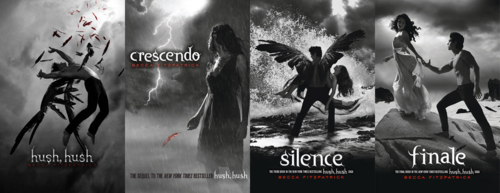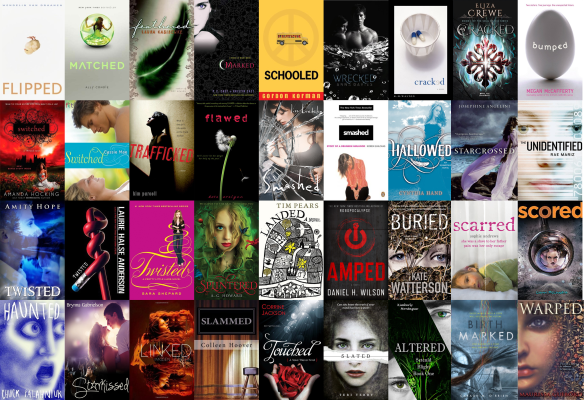I started keeping a list of all the books I read at the beginning of January 2012. I included the book, the author, the year, a paragraph or so of my opinion of the book, and a star rating. I quickly found this to be a fun task (I love sharing my opinion, even with my self) if not one I’m consistent at (There’s a block of summer 2012 books that I still haven’t contributed my opinion towards).
I did this originally because while at college I felt like I read a lot less and not as well. There wasn’t a real reason for it, I had plenty of free time, but the change of scene affected my reading habits and I wanted a motivator to end it. The list has solved this, since starting it I typically read about 4 to 5 books a month – not a hugely impressive number I guess, but still more than one book a week.
I’d recommend doing this to anyone who enjoys not only reading, but thinking about books and writing and reading. I like approaching each book I read as required reading for the class of my life. I put more thought into the structural elements of each book and look at everything I read as not mere entertainment, but a valuable way to spend time. I always felt that way about books, but recording it makes it feel even more valid.

Mythbusters provides some handy advice.
One interesting side effect of my listing is I see my reading trends better. I’ll go a few months reading largely Pride and Prejudice sequels (my equivalent of the beach read) or rereading familiar books and I’ll seek out something new to shake it up. Reading a brand new book, especially a good one, feels great after a string of very familiar narratives.
The most complicated part of this listing is the star rating. While my opinions of the books don’t really change, my feelings towards the star ratings do. My ratings are a mix between objective success – aka, good spelling and grammar, well plotted, original characters, etc – and my own personal opinion – aka, I liked it even though it’s terrible. There are books on my list that aren’t bad and that I may even recommend but that have 1 and a half star ratings because they didn’t make me think of anything interesting.
Making me think of interesting things – that’s the goal, at least for me. Some books make me think and I give them that credit even though it’s really my mind doing the work, not the book. Some books, whether they’re good, bad or repellent, compel and leave me with satisfying and new thoughts (*cough* The Magicians). Some books I merely devour without thought (*cough* The Hunger Games) and am left only with a shrug. This is what I weigh when I rank books.
For the first time ever, this past month (February) I completed not a single book. I attribute this to my annual midterm coma, and to the fact that I’m trying to make my way through several eye roll inducing books (*cough* Allegiant). But I feel shame. It’s March 11th and I still haven’t finished anything. I’ve been reading a lot, I swear; it’s just been a big jumble of stuff instead of one book.
What do you think? How much to you read, and are you satisfied with it?












